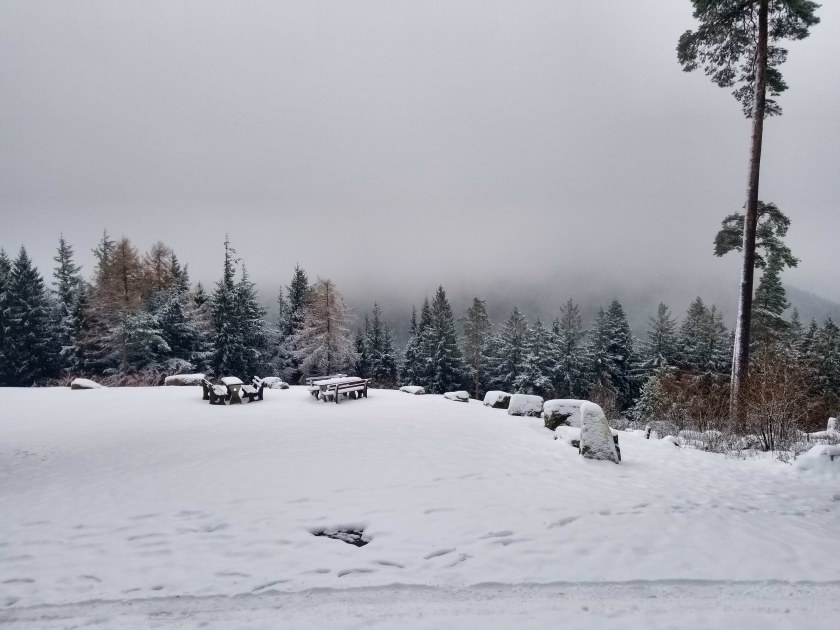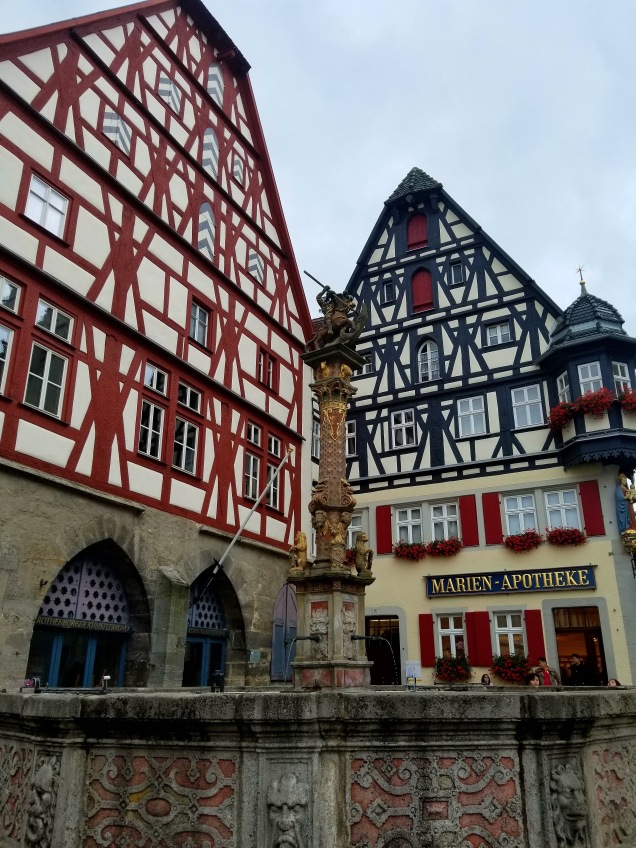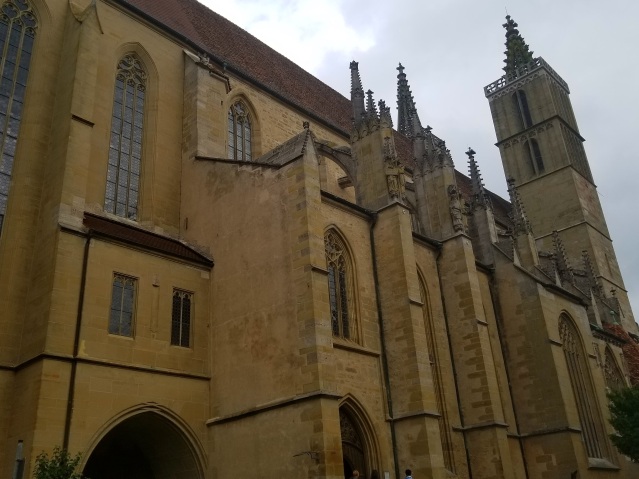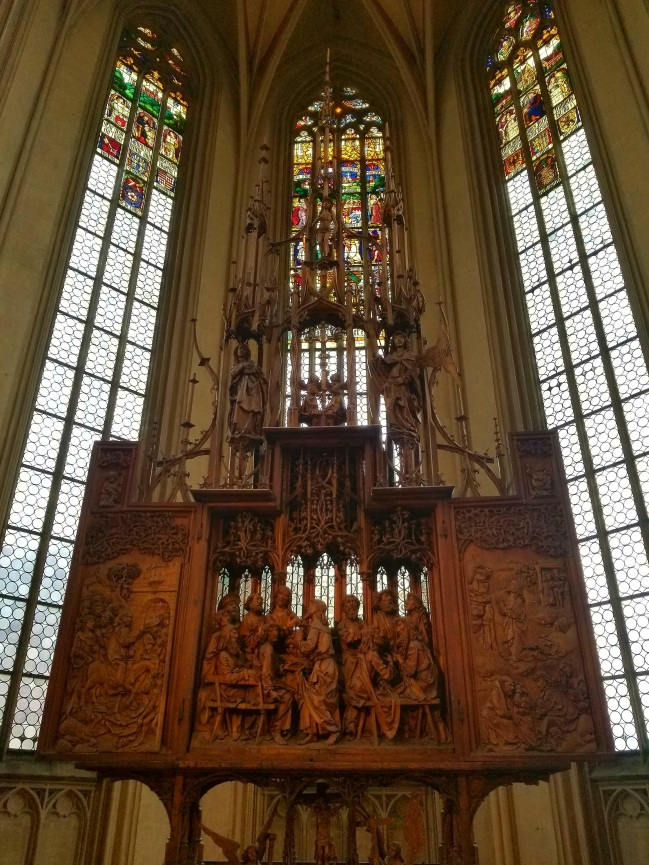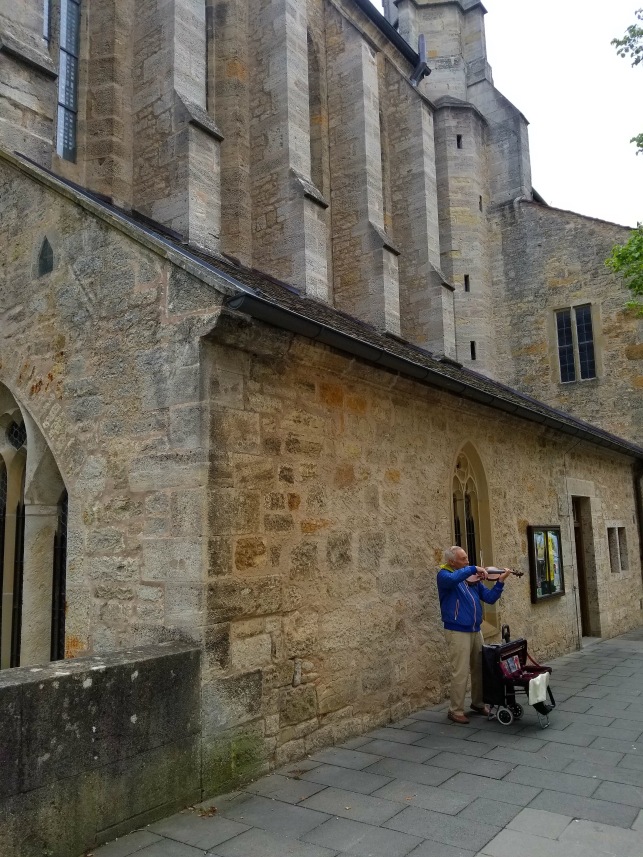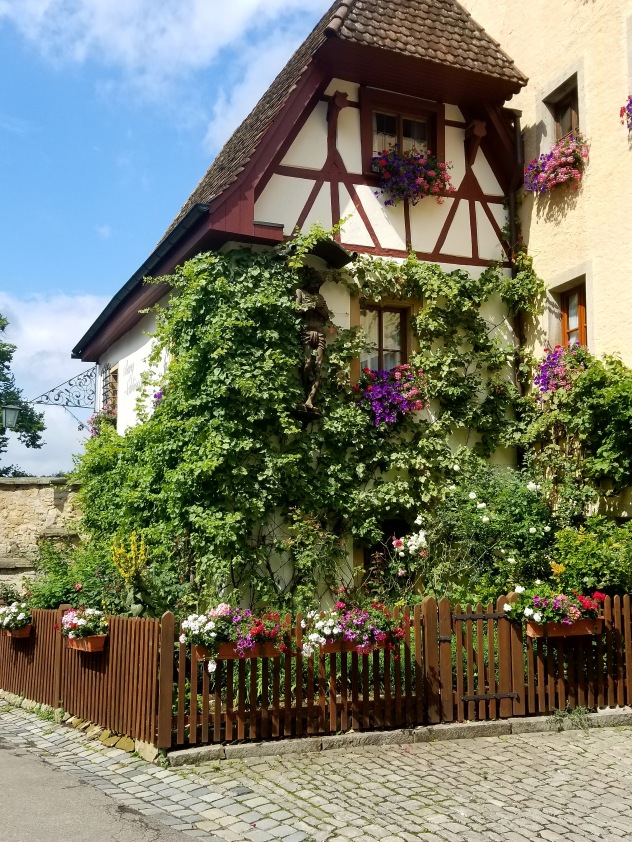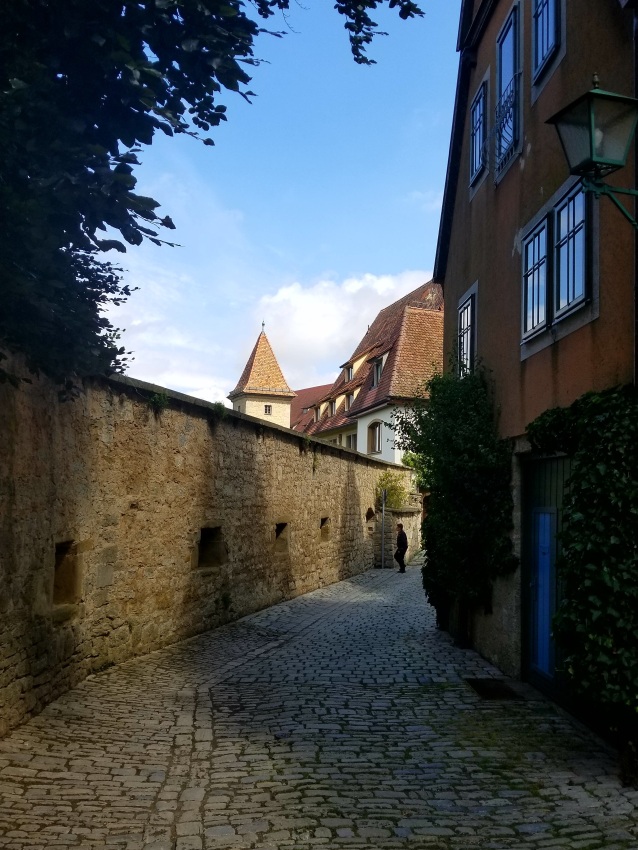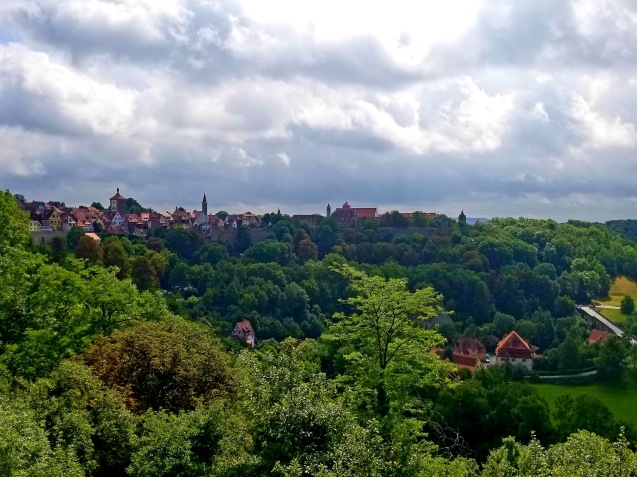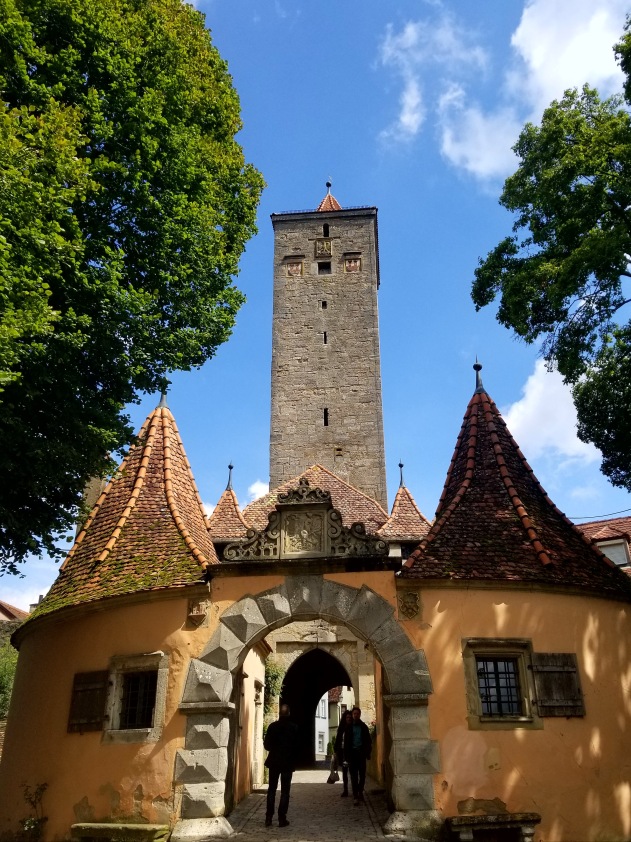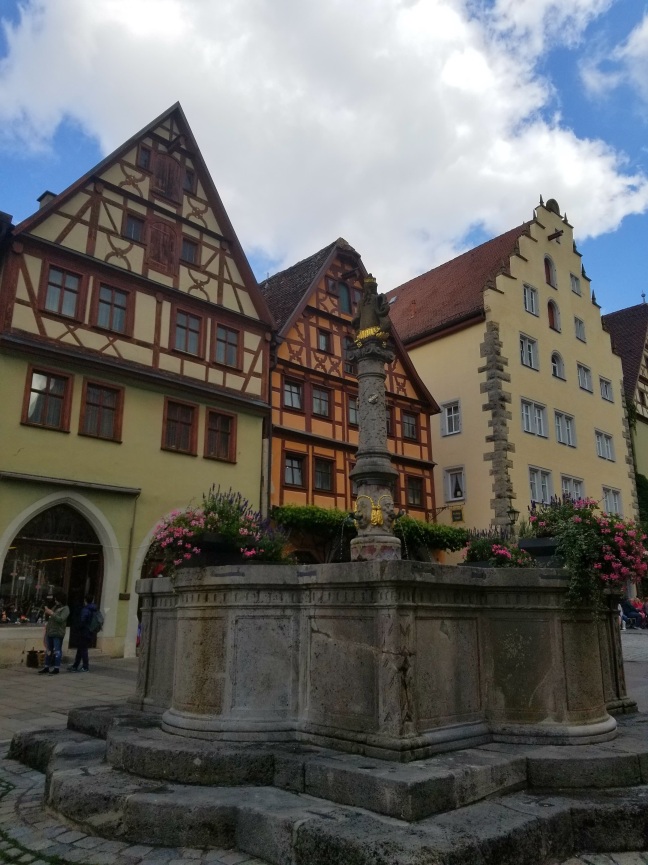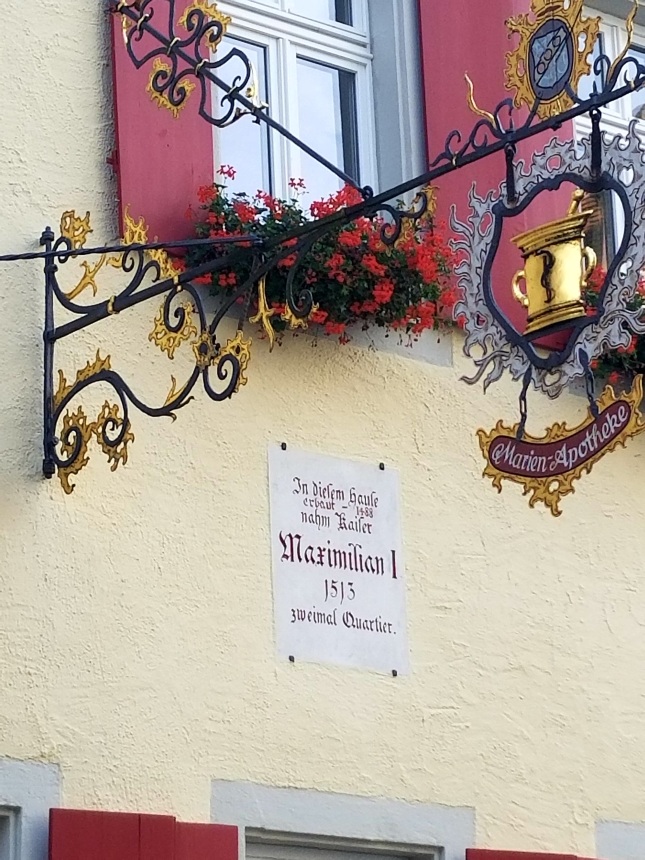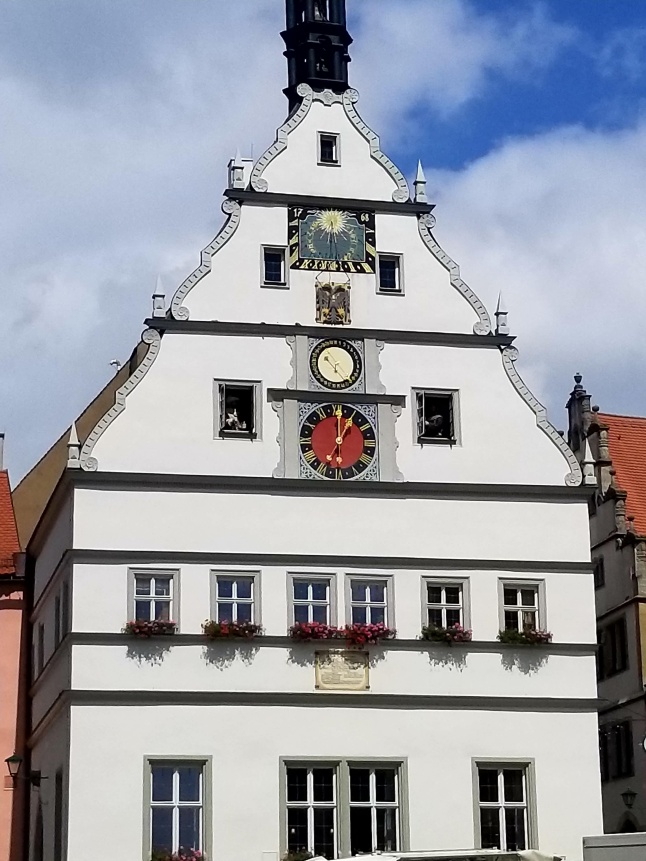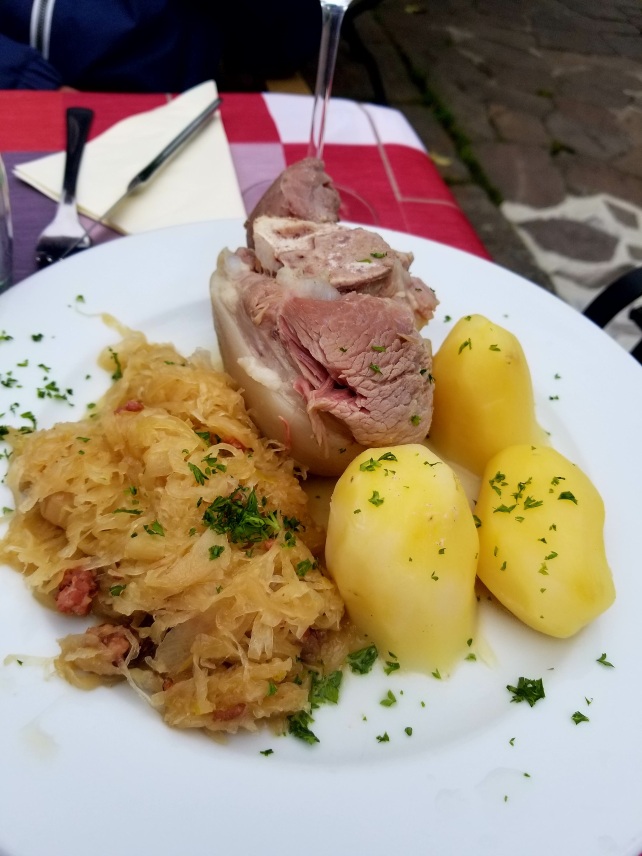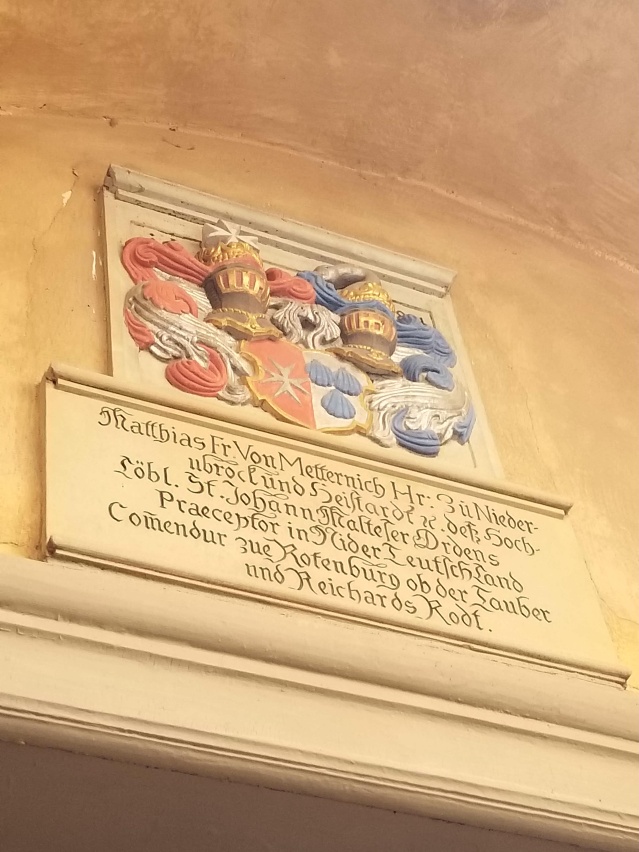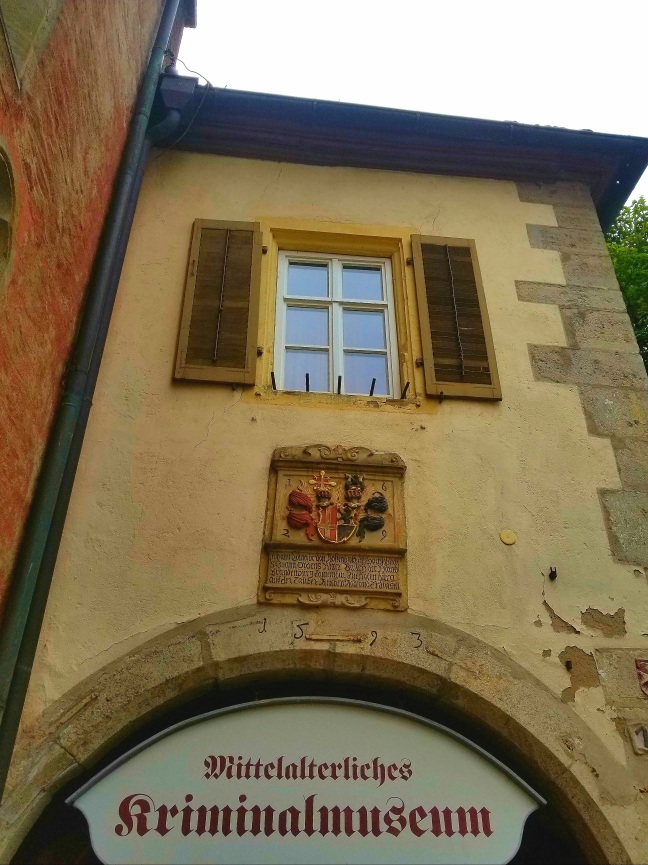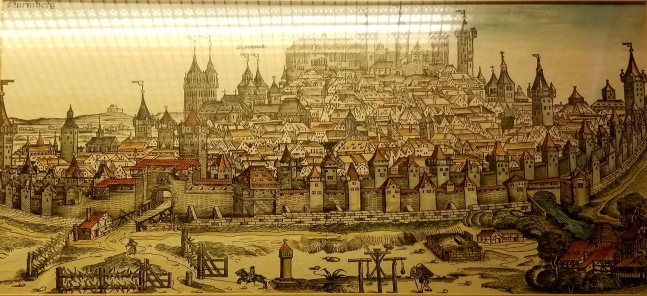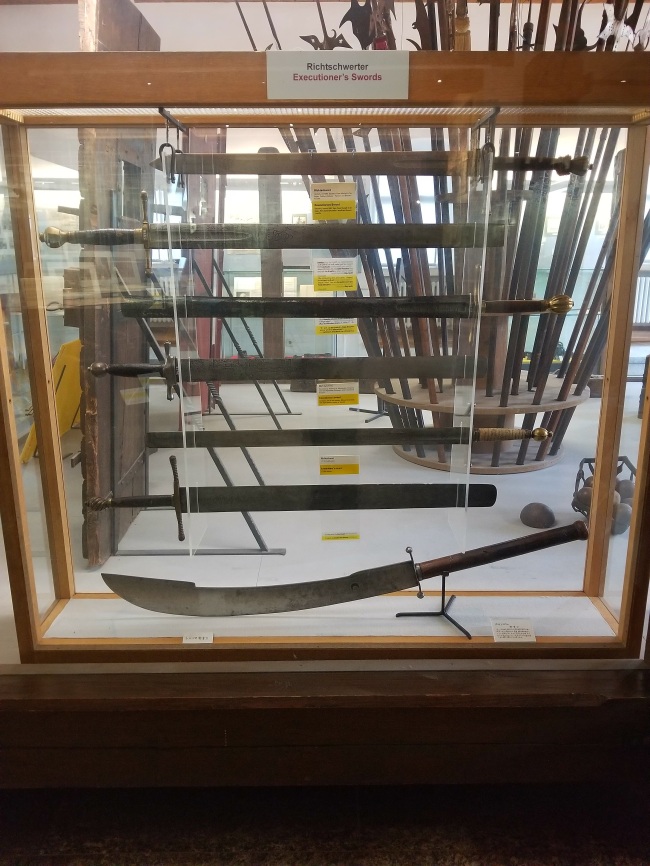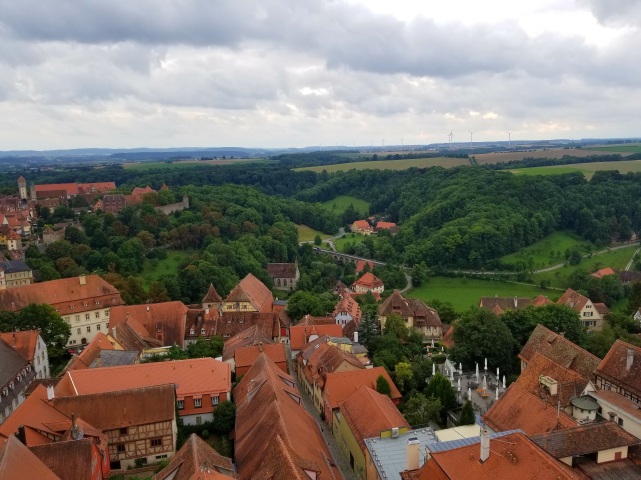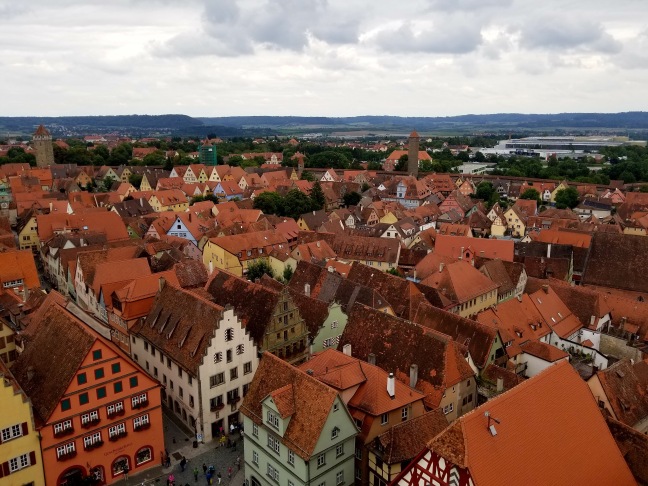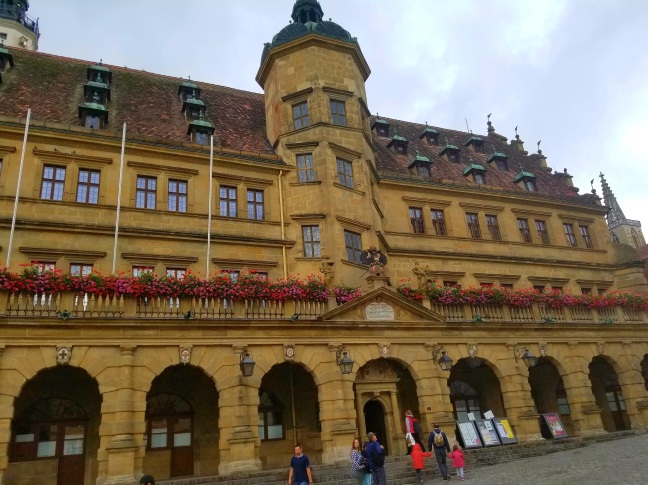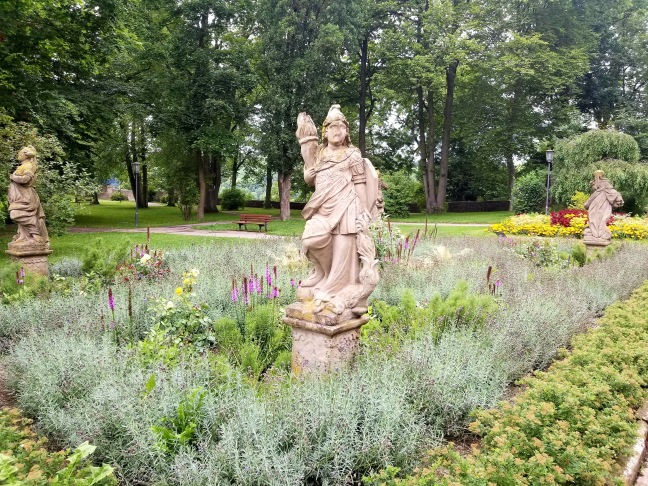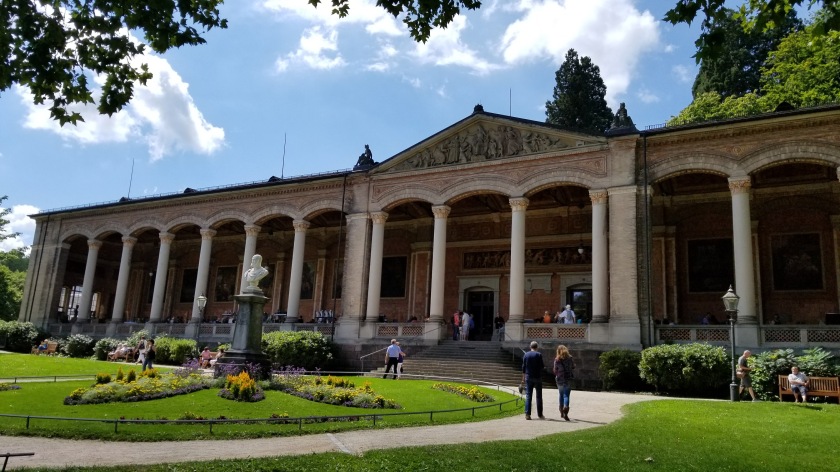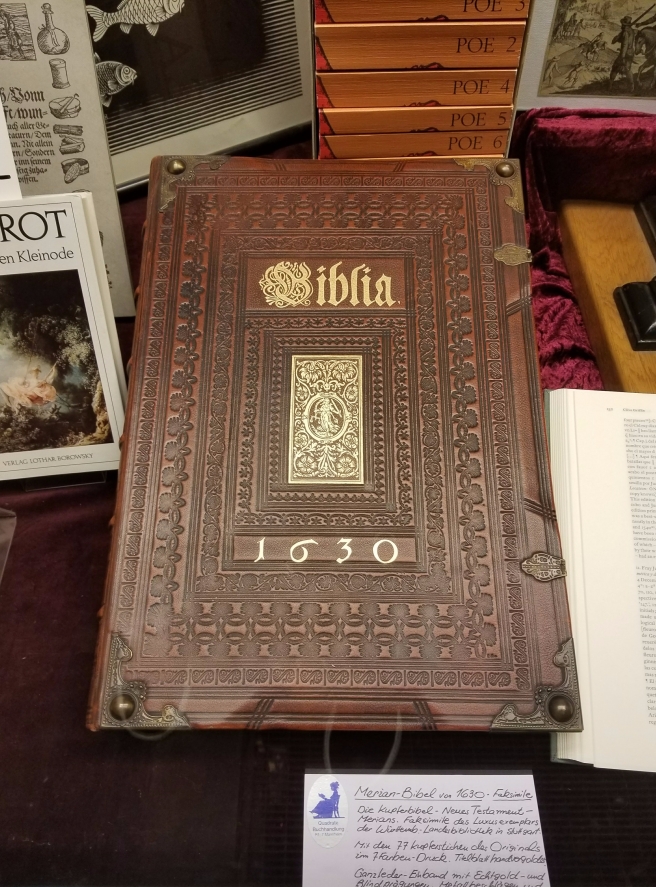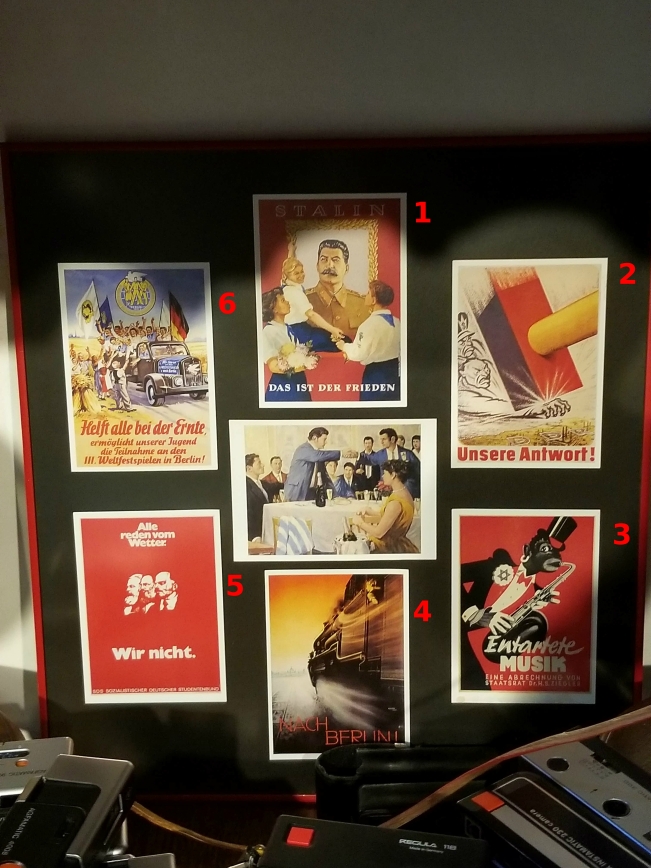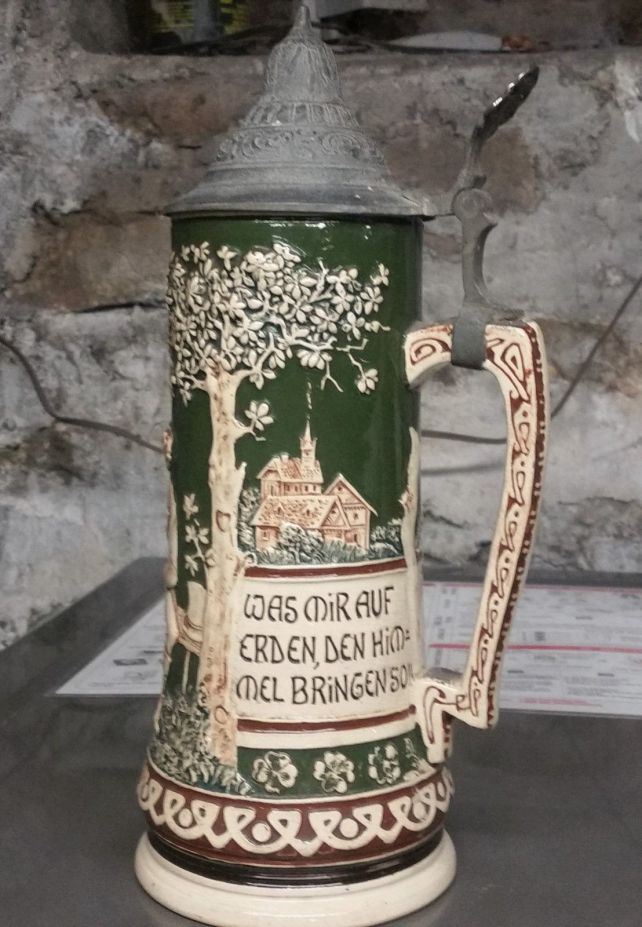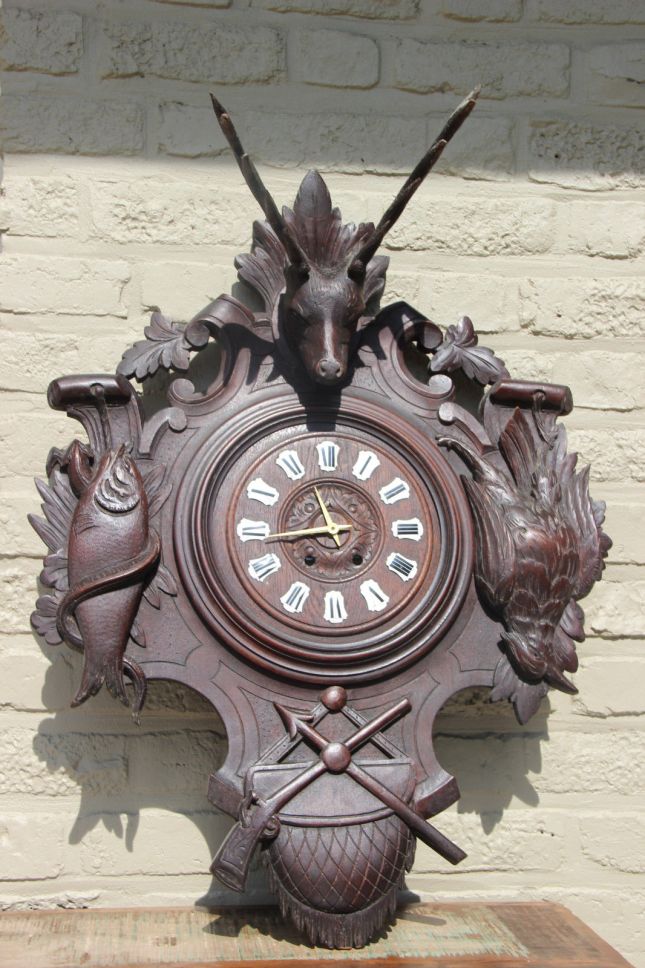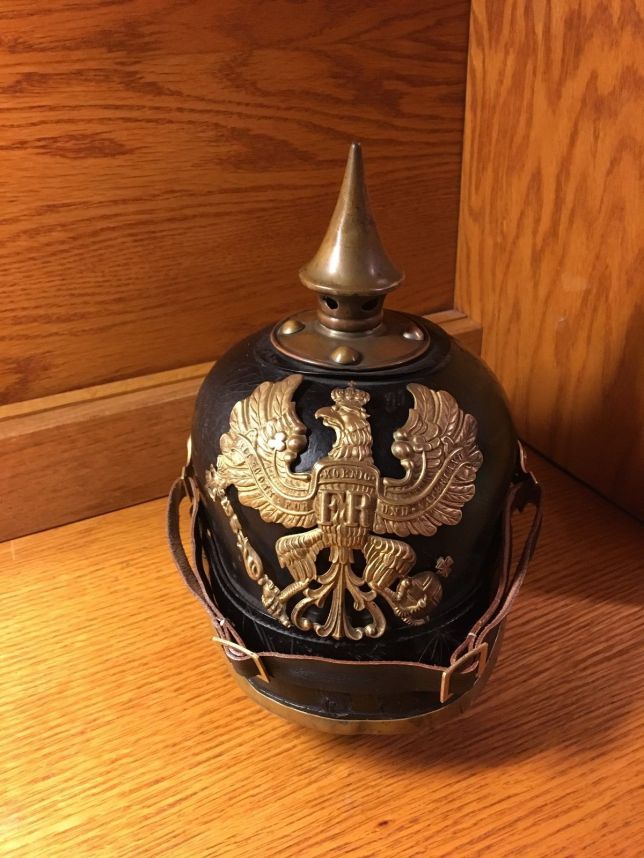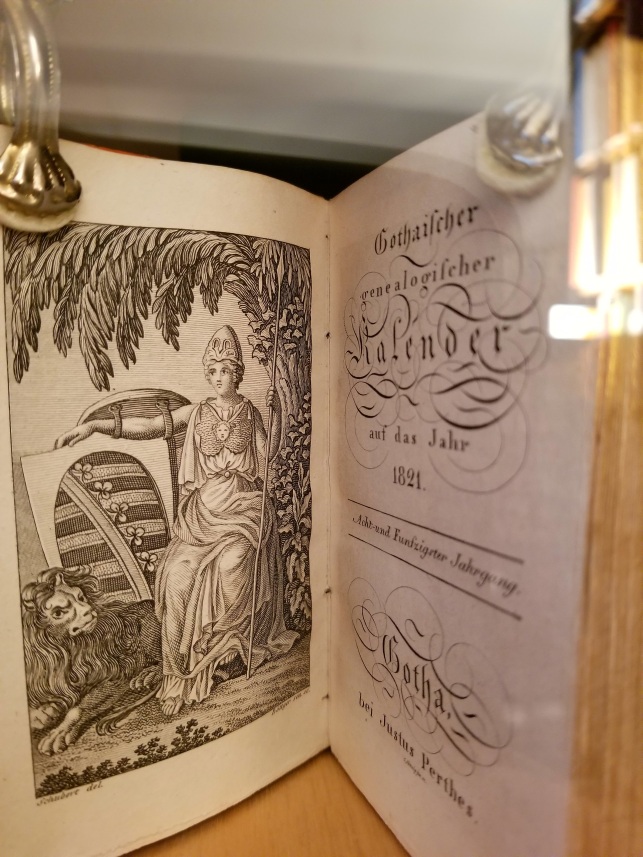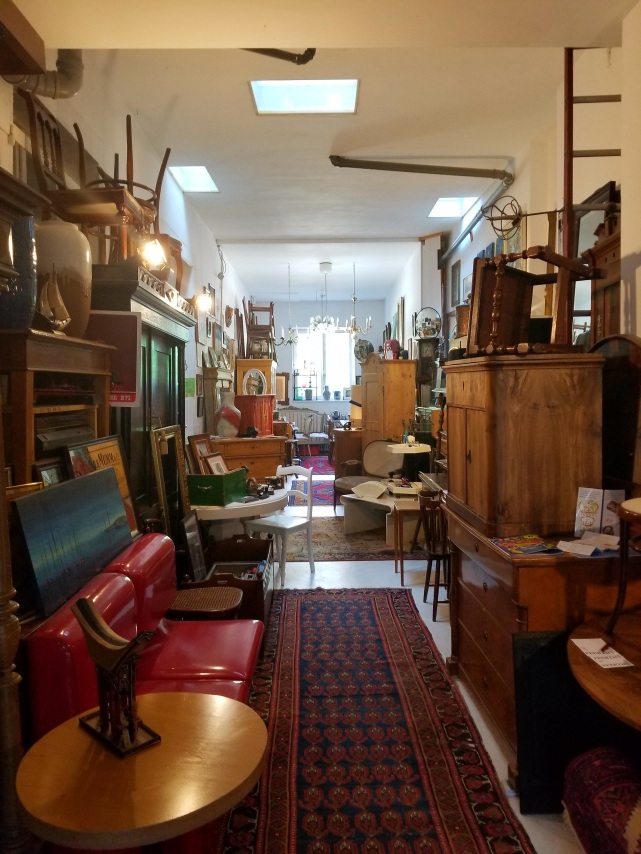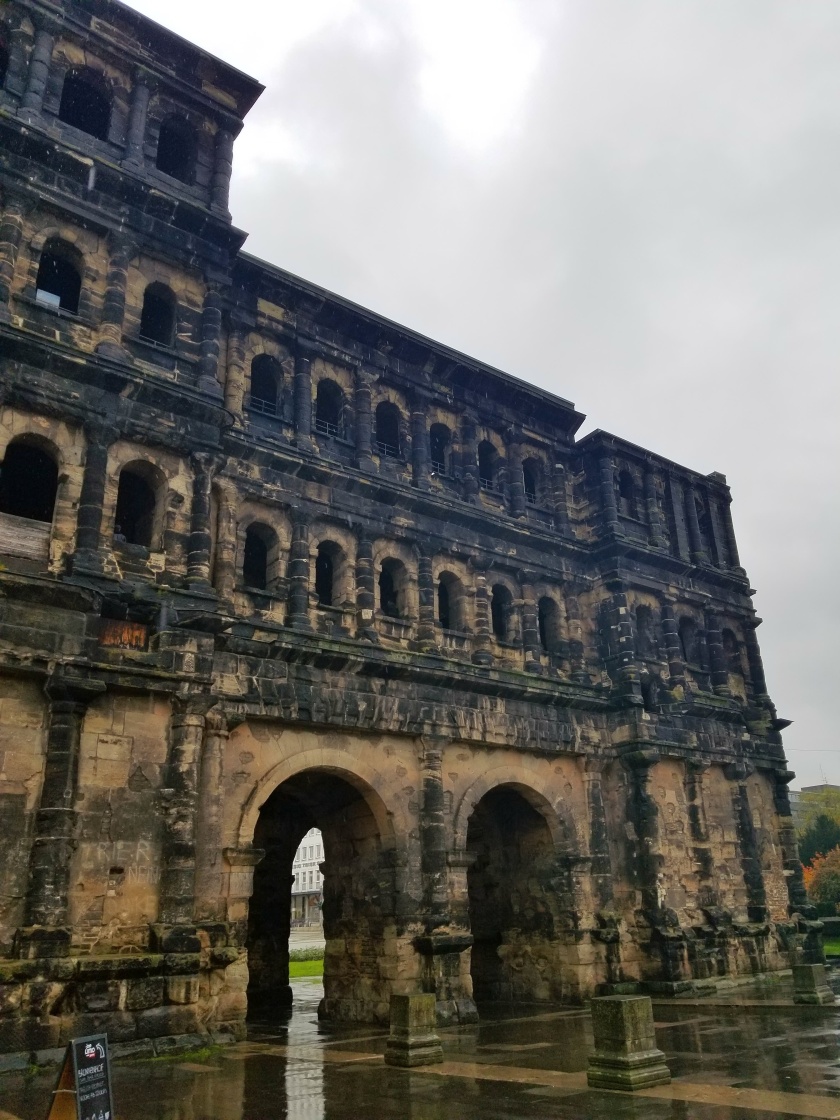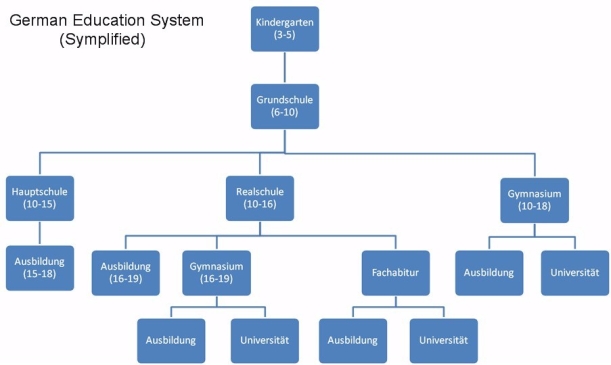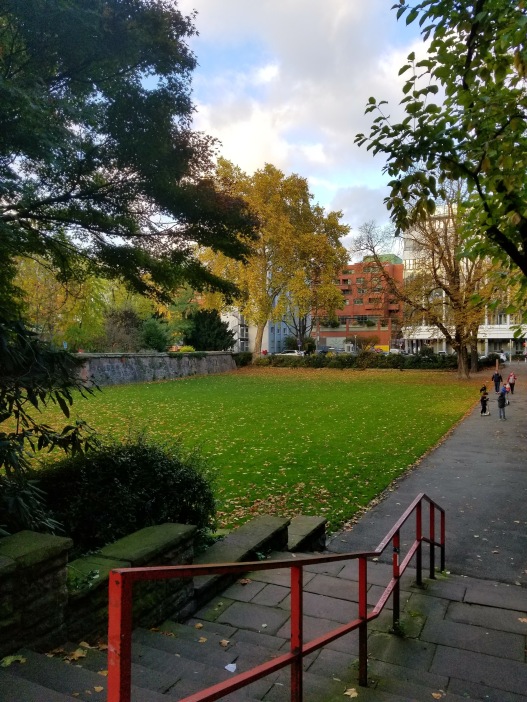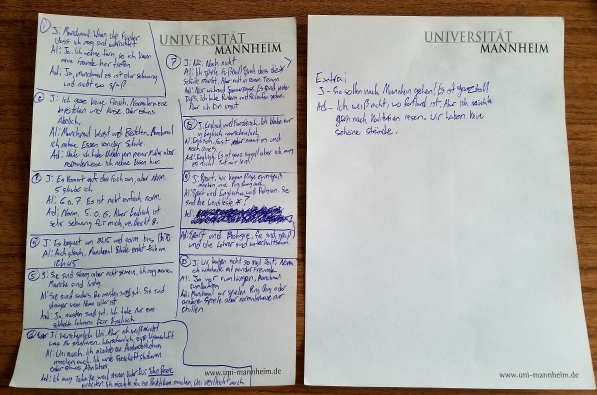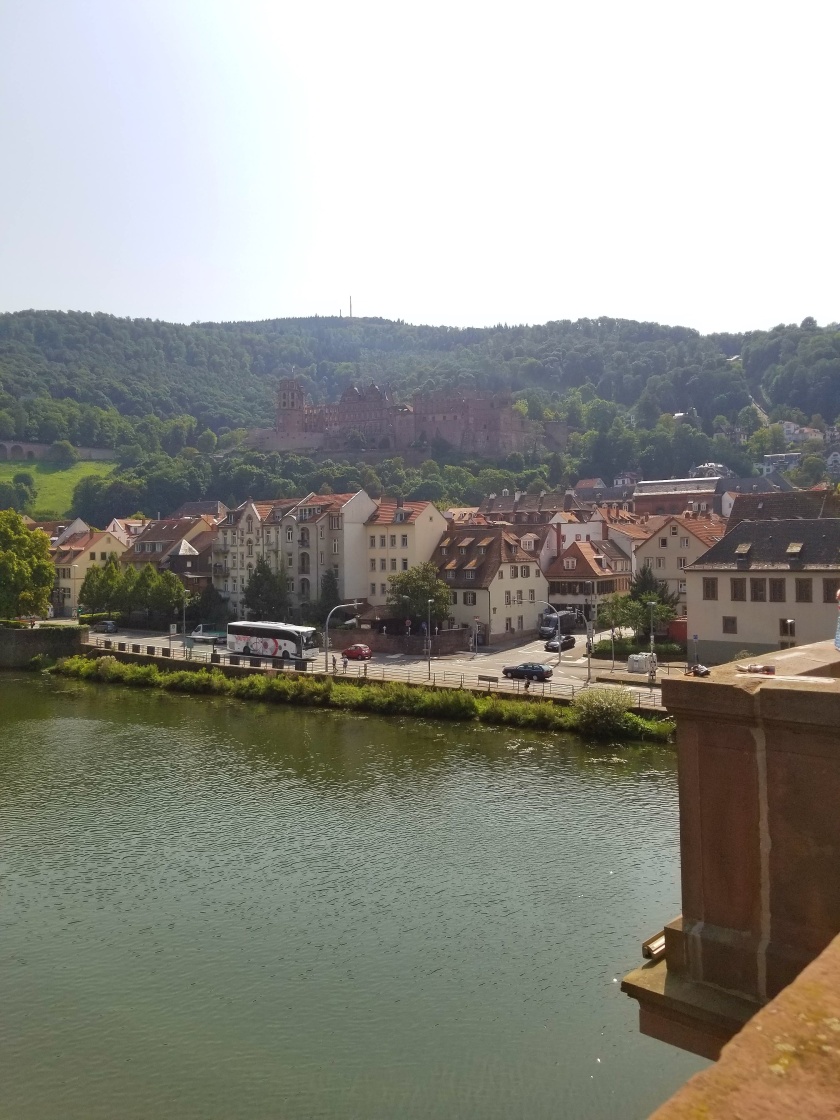Dear Students,
First of all, I’m very lucky to have had this opportunity to share my experiences with the class. Thank you to Ms. Sweeney and her wonderful class of 7th and 8th graders for being a part of this experience.
Final Celebration Recap
I hope you all enjoyed learning about Germany, the study abroad experience, and enjoyed some of the things I brought back from my time in Europe.
We began the celebration with a meet and greet before I started really presenting. This is the very standard German practice of vorstellen, meeting and introducing yourself to new people. I spent the night before making some German pretzels to smooth out the process… I hope you all enjoyed 🙂
I brought a bunch of things back from Germany (and some from other places in Europe) to share with you all:
- A hand-carved drinking horn from the Black Forest, showing some of the traditional craftsmanship still found in the countryside of Germany.
- A variety of newspaper clipping, brochures, and flyers about current events in Germany. Some of these things were about the election, others about history or sights, or brochures from German art halls showing centuries (sometimes millenia!) of German art.
- An old map of the German Black Forest, marked and annotated with the paths I took, where I stayed, and what happened along the way.
- Money! Swiss Francs, Euro notes and coins, Moroccan Dirham, as well as a 30 year-old German Mark, from the days of West Germany.
- Maps of Mannheim, Heidelberg, and Germany.
- Lots and lots of HARIBO gummy bears, which are certainly the best in the world!
Presentation
I spent some time talking about my personal experiences in Mannheim. However, since I talked so much about it in the blog, I tried to connect it more to studying abroad in general. Everyday life, school, making friends, travelling, and immersing yourself in local culture were all major topics in the presentation that can (and should!) be applied to studying in any country!
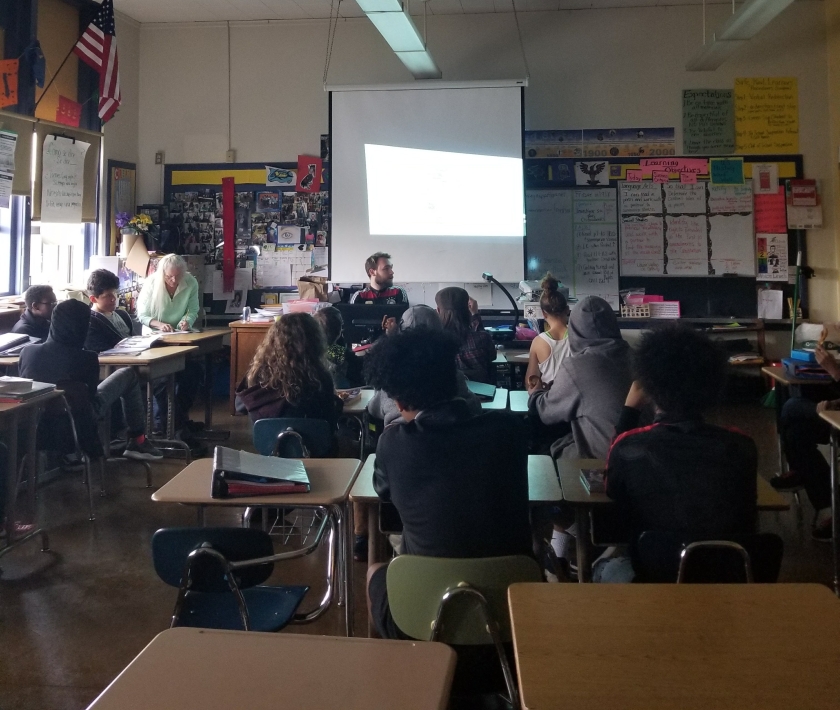
The Weird German Language
German can be an intimidating language. It definitely gets stereotyped as being a rough-sounding and difficult to learn one. I showed you all some weird words, like turtle literally meaning “shield frog” or bagpipes meaning “yodel sack”. There’s also the longest word in German: “Rindfleischetikettierungsüberwachungsaufgabenübertragungsgesetz”. I congratulate the students who attempted it!
It can be a weird language at time, but do not be dismayed! It is the closest language to English and is not very difficult to pick up! If you ever have a language requirement in university or high school and want a language that isn’t too strenuous, I’d highly recommend learning German. It can really be a beautiful language.
German Jeopardy!

Or should I say, Gerpardy! We played a quick quiz round about topics from the blog and presentation. Questions included:
- What is the capital of Germany?
- What currency does Germany use?
- Which countries speak German?
- Which countries border Germany?
- What is the national symbol of Germany?
- Who is the current leader of Germany?
- What is the German word for Germany?
- Why is the Black Forest called the Black Forest?
Some of these were difficult! I congratulate Gavin’s team for winning the quiz with 6/7 questions correct. I hope you enjoy the large sack of HARIBO!
Comments on Studying Abroad
It was very nice to hear about you all and where you’d like to maybe study one day. I’m certainly glad that some of you would be interested in studying in Germany. We didn’t have a ton of time, but I hope that I answered all the questions you had about studying abroad. It is definitely a very new and somewhat scary process in the beginning, but it is so worth it.
There are many reasons you could study abroad. It could be to test out your language skills, discover new cultures, learn about history, or to see your ancestral roots! Studying abroad can also be very affordable, as I said. There are many scholarships you can all seek out to make it a possibility if money is tight.
Despite all the fun it is, there is still a lot of schoolwork! The process of becoming a legal resident during your stay, registering with the school, and getting courses set up can be a little stressful, but important nonetheless. Make sure that you’re enjoying yourself and experiencing the place, but remember the “study” in “study abroad”.
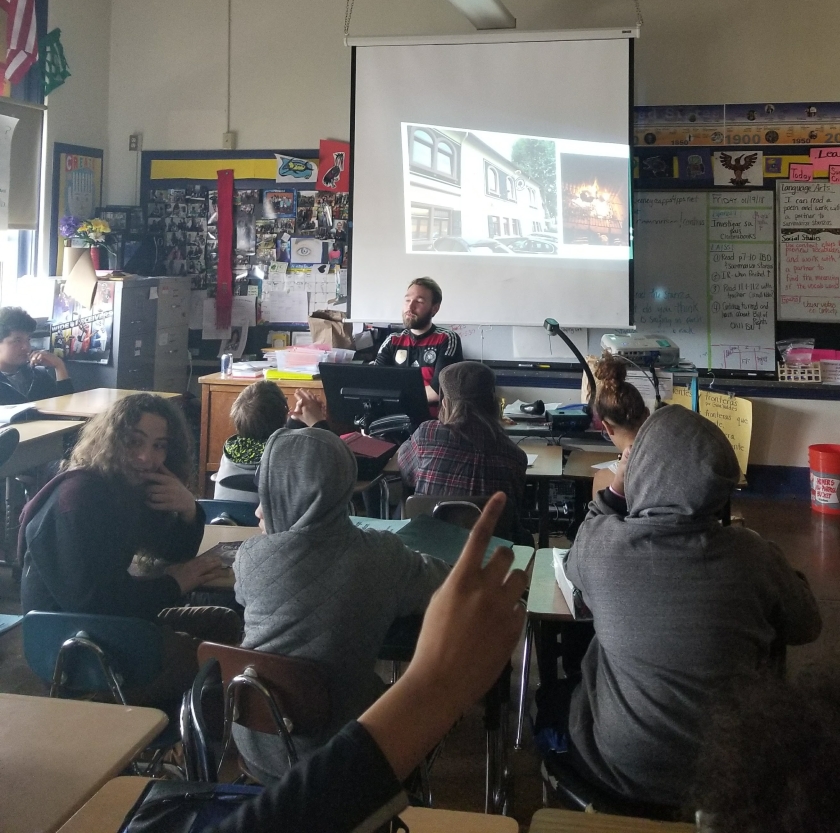
I’m glad I could clear up other questions you all had about Germany, my time there, and Europe in general. I hope everyone had their question answered!
Thank You:
I genuinely had a great time doing the blog and meeting you all in person. It went from a school assignment to a real connection I had with you all, and I hope you all feel the same way! If anyone has questions about studying abroad in Germany, your teacher has my email. Feel free to get in touch anytime! Thank each and every one of you, including Ms. Sweeney and aide Mrs. Davidson, for sharing this experience with me.
For the last time:
Auf Wiedersehen! -Guyar Vial


